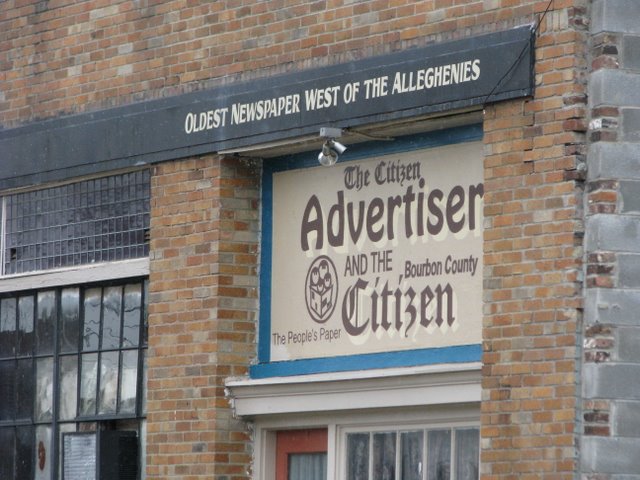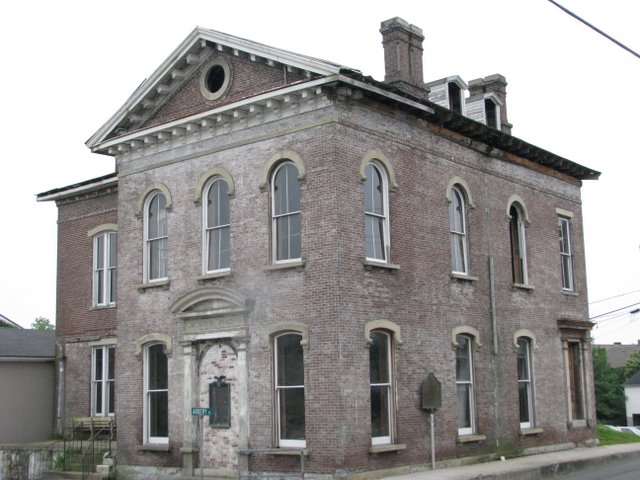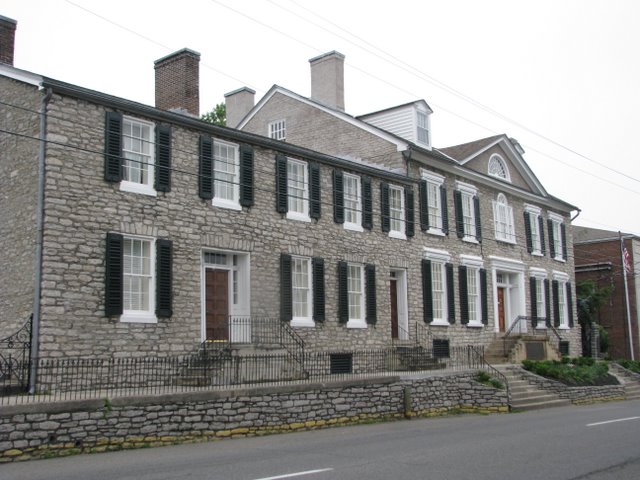 |
| The Citizen Advertiser, Paris, Ky. |
Although the Library of Congress only indicates publication to 1966, the Citizen Advertiser’s history is much older. Under a few different names, the paper traces its roots to the Western Gazette which was first published in 1807. As evidenced from the picture above, the paper thus claims title as the “oldest newspaper west of the Alleghenies.” The Kentucky Press Association published an article celebrating the Citizen Advertiser’s bicentennial which outlined the paper’s history.
Noticing those six words, of course, made me pull over to take this picture. As a Kentuckian, I want to hold them as true and allow our state to lay claim to this title. But, a little research revealed that the Chillicothe Gazette of Ohio (Ohio’s oldest commercial enterprise still in operation) was begun in 1800. [*] The Pittsburgh Gazette, now the Pittsburgh Post-Gazette, traces its roots to 1786 giving it the rightful claim to being the oldest newspaper west of the Alleghenies. [*] [*]
OK, so the 6 words may not be true. BUT… the newspaper is still significant as it is the oldest operating newspaper in the Commonwealth. (Unless someone can debunk that claim…)









